Unlike many other living things, seeds don’t get a happy childhood at home. For their success, it’s important that they get as far away from the parent plant as possible and quick! You see, a little plant in the shadow of its parent won’t get the sunlight, water, and nutrients it needs to grow big and strong.4
They’re in for a long journey, so how do seeds travel when the stakes are so high?
Wind Travel (Anemochory)
When you’re tiny, the wind can be a great way to travel! It’s powerful, and can carry a little seed for very long distances. Seeds like dandelions and helicopter seeds even have special features like wings, gliders, and fringe.3
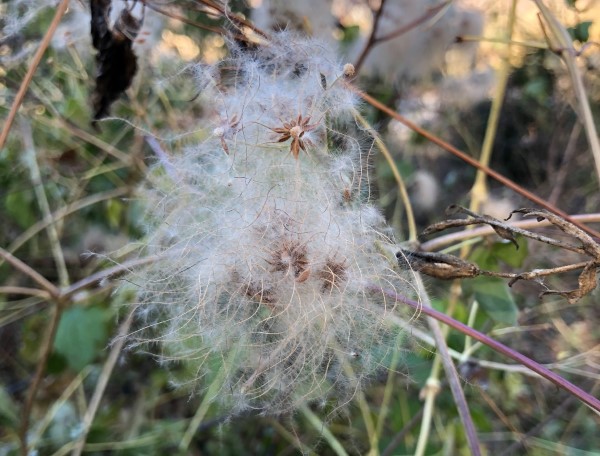
These aerodynamic shapes allow the seeds to catch the wind and carry them further than otherwise possible. Eventually, they’ll gently drop onto the ground, hopefully with some nice soil if they’re lucky!
Water Travel (Hydrochory)
While water is a very effective way to get around, it won’t get you very far if you sink. That’s why a lot of seeds that are dispersed by water can float!1 The seeds will be carried by salt or freshwater and eventually wash ashore.
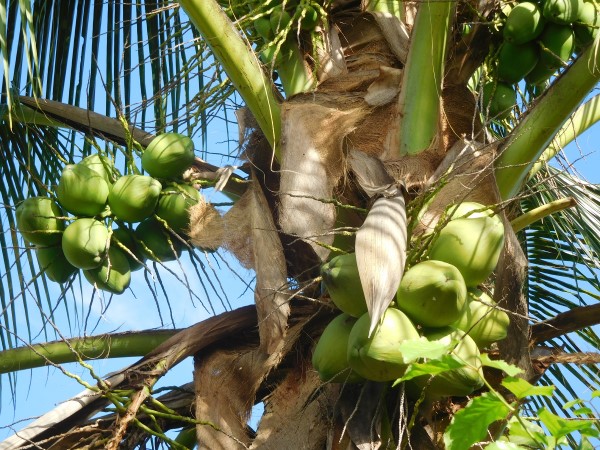
In fact, a coconut can be carried by currents for 110 days and 3,000 miles.2 That’s like travelling from Green Bay to El Salvador!
Animal Travel (Zoochory)
Animals give seeds a ride in many different ways, but what’s in it for the animal? Seeds may or may not be contained within fruit.1 This makes seeds very important to animals because fruits and nuts are tasty nutritional powerhouses.
Some animals, like squirrels, will collect and bury seeds. Conveniently, squirrels tend to be pretty forgetful. In fact, they’ll lose track of about 75% of the nuts they collect!2 This is great because the seeds have already been planted, and can sprout. Otherwise, even if a squirrel eats a part of an acorn, as long as the baby plant, the embryo, is unharmed, it can still grow.3
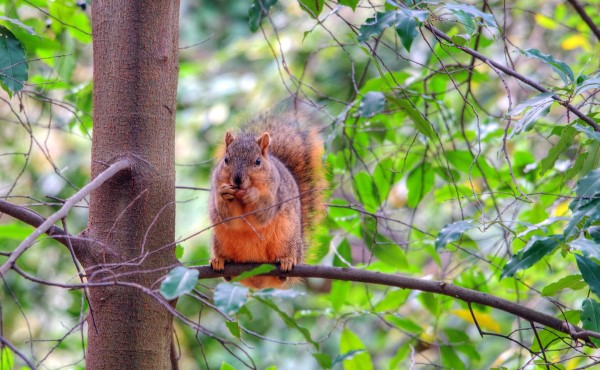
Other seeds will be fully consumed by animals. It’s a pretty sweet deal because the seed is carried within the animal while it’s digested. Once it’s time to go (if you know what I mean), the seed passes through the animal naturally. It’s kind of gross, but animal poop has a lot of great nutrients! While they wouldn’t really help us, they’re perfect for a growing seed, and can act as fertilizer.
Finally, some seeds have adaptations like barbs, spines, hooks, and sticky mucus.3 This allows them to tag along on the feathers or fur of an animal. Eventually, when they fall or, they’ll be far from their origin.
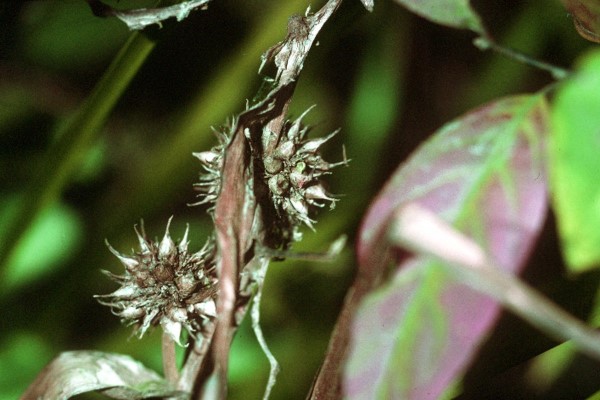
Ballistic
While its less common, certain plants propel their seeds using the power of pressure. Explosive force from a mechanism like a pod will launch the seed far away from the parent plant. Sometimes you can even hear the pop as the seed is flung!3 I don’t know about you, but if I were a seed, that’s how I’d want to get around – such style!
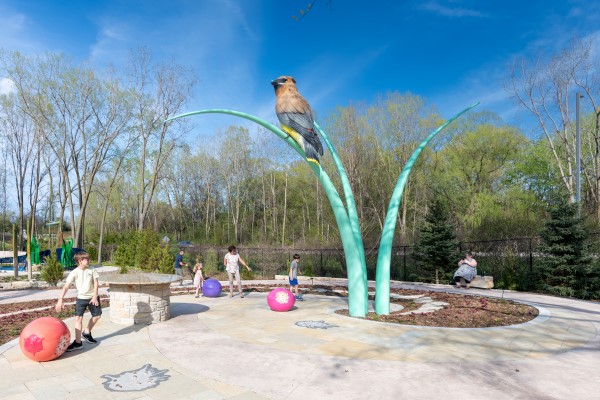
Now that you know about all the ways seeds travel, keep an eye out in your yard and neighborhood for different types of seeds. They’re really fascinating!
You can also visit our brand-new Carol & Bruce Bell Children’s Garden, and check out the “Bird Seed” sculpture by Matthew Mazzotta in the Rosemann Family Field Vegetable Garden to witness a seed’s gnarly hitchhike in some bird poop!
Sources
- . Lambers, Hans. “Seed.” Encyclopedia Britannica, 21 Apr. 2023, www.britannica.com/science/seed-plant-reproductive-part.
- “Learn This: Seed Dispersal.” Science Museum Oklahoma, 22 Apr. 2020, www.sciencemuseumok.org/smoathome/learn-seed-dispersal.
- Petruzzello, Melissa. “Falling Far from the Tree: 7 Brilliant Ways Seeds and Fruits Are Dispersed.” Encycloaedia Britannica, www.britannica.com/list/falling-far-from-the-tree-7-brilliant-ways-seeds-and-fruits-are-dispersed. Accessed 5 June 2023.
- Science Buddies. “Gone with the Wind: Plant Seed Dispersal.” Scientific American, 6 Aug. 2015, www.scientificamerican.com/article/gone-with-the-wind-plant-seed-dispersal/#:~:text=Dispersal%20of%20seeds%20is%20very,another%20for%20the%20same%20resources.




